Related Research Articles

Sir James Edward Smith was an English botanist and founder of the Linnean Society.
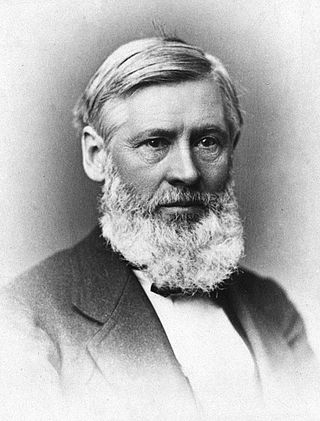
Asa Gray is considered the most important American botanist of the 19th century. His Darwiniana was considered an important explanation of how religion and science were not necessarily mutually exclusive. Gray was adamant that a genetic connection must exist between all members of a species. He was also strongly opposed to the ideas of hybridization within one generation and special creation in the sense of its not allowing for evolution. He was a strong supporter of Darwin, although Gray's theistic evolution was guided by a Creator.

Katherine Esau was a pioneering German-American botanist who studied plant anatomy and the effects of viruses. Her books Plant Anatomy and Anatomy of Seed Plants are key texts. In 1989, Esau received the National Medal of Science "In recognition of her distinguished service to the American community of plant biologists, and for the excellence of her pioneering research, both basic and applied, on plant structure and development, which has spanned more than six decades; for her superlative performance as an educator, in the classroom and through her books; for the encouragement and inspiration she has given to a legion of young, aspiring plant biologists; and for providing a special role model for women in science." When Katherine Esau died in year 1997. Peter Raven 'Director of Anatomy and Morphology' of 'Missouri Botanical Garden' remembered that she absolutely dominated the field of plant Biology even at the age of 99.

Joseph Charles Arthur was a pioneer American plant pathologist and mycologist best known for his work with the parasitic rust fungi (Pucciniales). He was a charter member of the Botanical Society of America, the Mycological Society of America, and the American Phytopathological Society. He was an elected member of both the American Philosophical Society and the American Academy of Arts and Sciences. He was a recipient of the first Doctorate in Sciences awarded by Cornell University. The standard author abbreviation Arthur is used to indicate this person as the author when citing a botanical name.
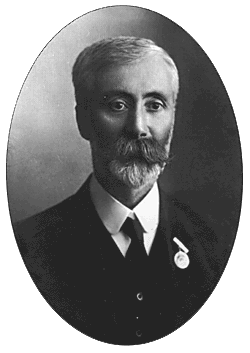
Joseph Henry Maiden was a botanist who made a major contribution to knowledge of the Australian flora, especially the genus Eucalyptus. This botanist is denoted by the author abbreviation Maiden when citing a botanical name.
Edgar Shannon Anderson was an American botanist. He introduced the term introgressive hybridization and his 1949 book of that title was an original and important contribution to botanical genetics. His work on the transfer and origin of adaptations through natural hybridization continues to be relevant.
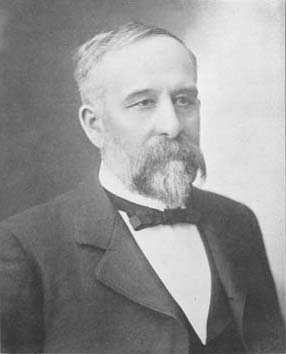
Charles Edwin Bessey was an American botanist.
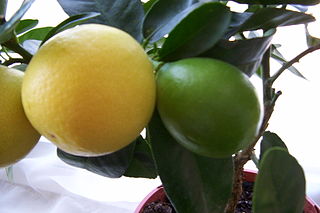
Walter Tennyson Swingle was an American agricultural botanist who contributed greatly to the classification and taxonomy of citrus.
Albert Charles Smith was an American botanist who served as director of the National Museum of Natural History and Arnold Arboretum and was the former president of the American Society of Plant Taxonomists.
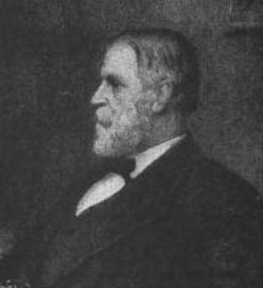
William C Carruthers was a British botanist and paleobotanist.
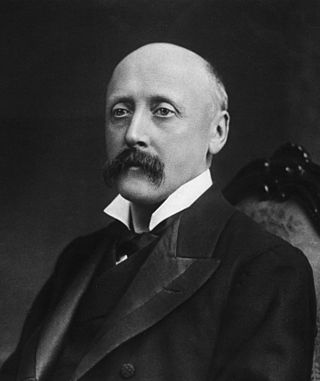
Sir Isaac Bayley Balfour, KBE, FRS, FRSE was a Scottish botanist. He was Regius Professor of Botany at the University of Glasgow from 1879 to 1885, Sherardian Professor of Botany at the University of Oxford from 1884 to 1888, and Professor of Botany at the University of Edinburgh from 1888 to 1922.

Plant anatomy or phytotomy is the general term for the study of the internal structure of plants. Originally, it included plant morphology, the description of the physical form and external structure of plants, but since the mid-20th century, plant anatomy has been considered a separate field referring only to internal plant structure. Plant anatomy is now frequently investigated at the cellular level, and often involves the sectioning of tissues and microscopy.

Nikolai Stepanovich Turczaninow was a Russian botanist and plant collector who first identified several genera, and many species, of plants.
William Trelease was an American botanist, entomologist, explorer, writer and educator. This botanist is denoted by the author abbreviation Trel. when citing a botanical name.

The history of botany examines the human effort to understand life on Earth by tracing the historical development of the discipline of botany—that part of natural science dealing with organisms traditionally treated as plants.
William Hardy Eshbaugh III is Professor Emeritus of Botany at Miami University, known primarily for his research on chili peppers and one of three authors of the seminal work covering the flora and biogeography of the Bahamas.
Mildred Esther Mathias was an American botanist and professor.

Pieter Baas was a Dutch botanist and an emeritus professor of plant systematics at the Leiden University, who served as director of the Rijksherbarium of Leiden University between 1991 and 1999. When the institute was faced with budget cuts in 1993 he managed to preserve the collection by joining it with the university collections of Wageningen and Utrecht. This led to the founding of the National Herbarium of the Netherlands in 1999. Baas subsequently became director of the institute and served until 2005. As a botanist, Baas specialised in wood anatomy, and was an elected fellow of the International Academy of Wood Science.
Hugh Daniel Wilson was an American botanist and plant taxonomist. He was a professor at Texas A&M University and was named a Fellow of the American Association for the Advancement of Science.
Emanuel David "Rudy" Rudolph was a botanist, lichenologist, and historian of botany. He was "the first botanist to conduct diverse experiments on the total biology of lichens in both polar regions".
References
- 1 2 Seago, Jr., James L.; Armstrong, Joseph E. (Summer 2003). "Charles Heimsch 1914- 2003". Plant Science Bulletin. 49 (2). The Botanical Society of America: 51. ISSN 0032-0919 . Retrieved January 29, 2021.
- ↑ Burk, William R. (2003). "Obituaries of the Members of The Ohio Academy of Science Report of the Necrology Committee, 2003". Necrology. 103: 150. Retrieved January 29, 2021.
- ↑ "Charles Heimsch, 89, botanist and educator". Moscow-Pullman Daily News. April 28, 2003. Retrieved January 29, 2021.
- ↑ "1994 Hall of Fame Inductees". Miami University RedHawks. Retrieved January 29, 2021.